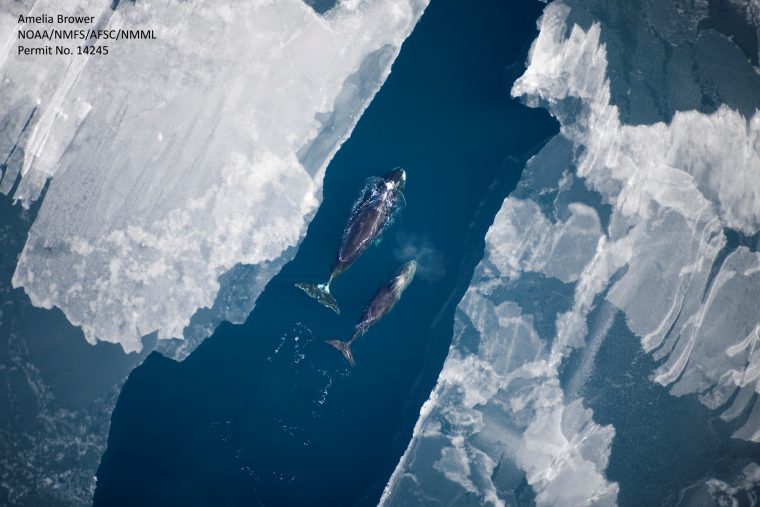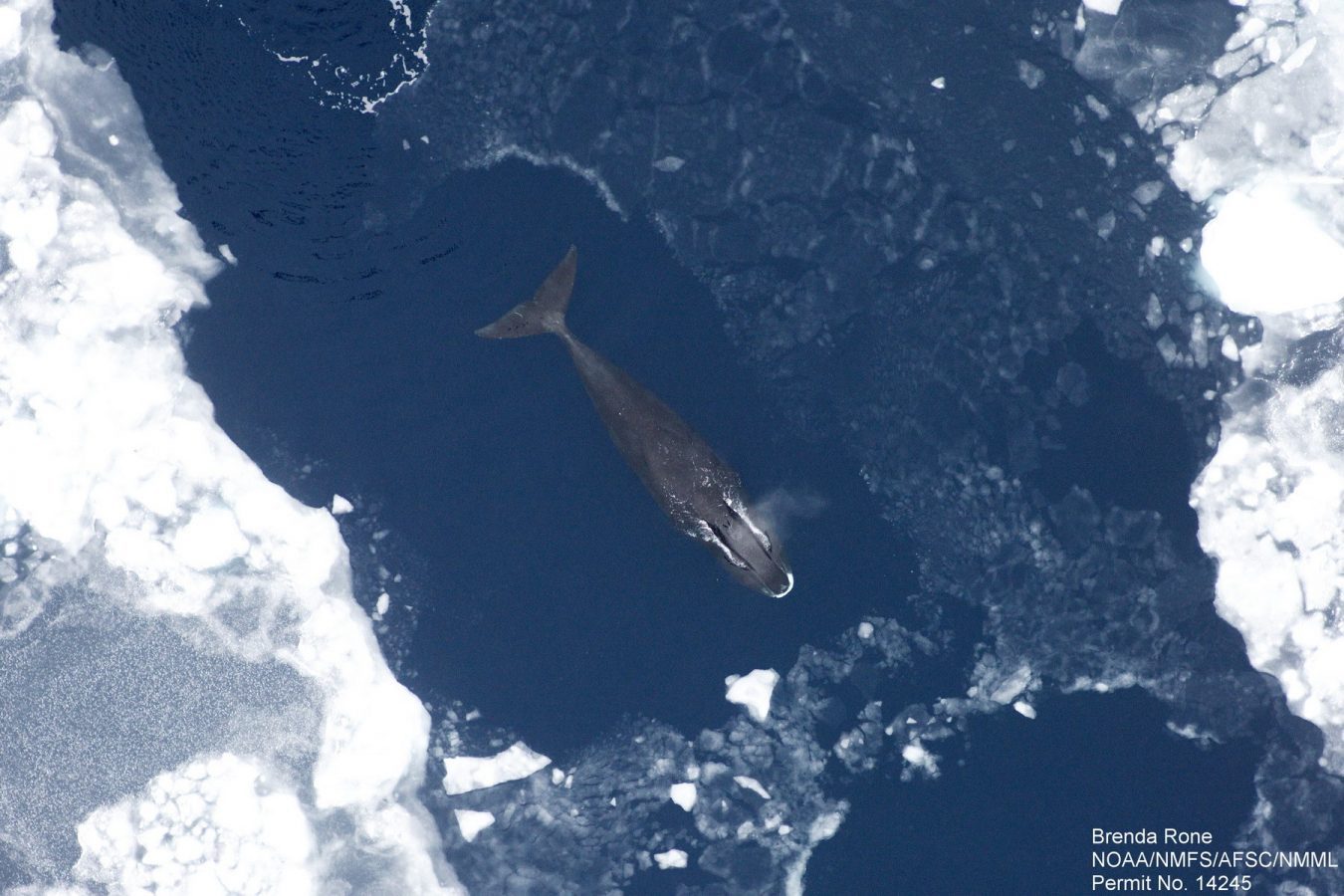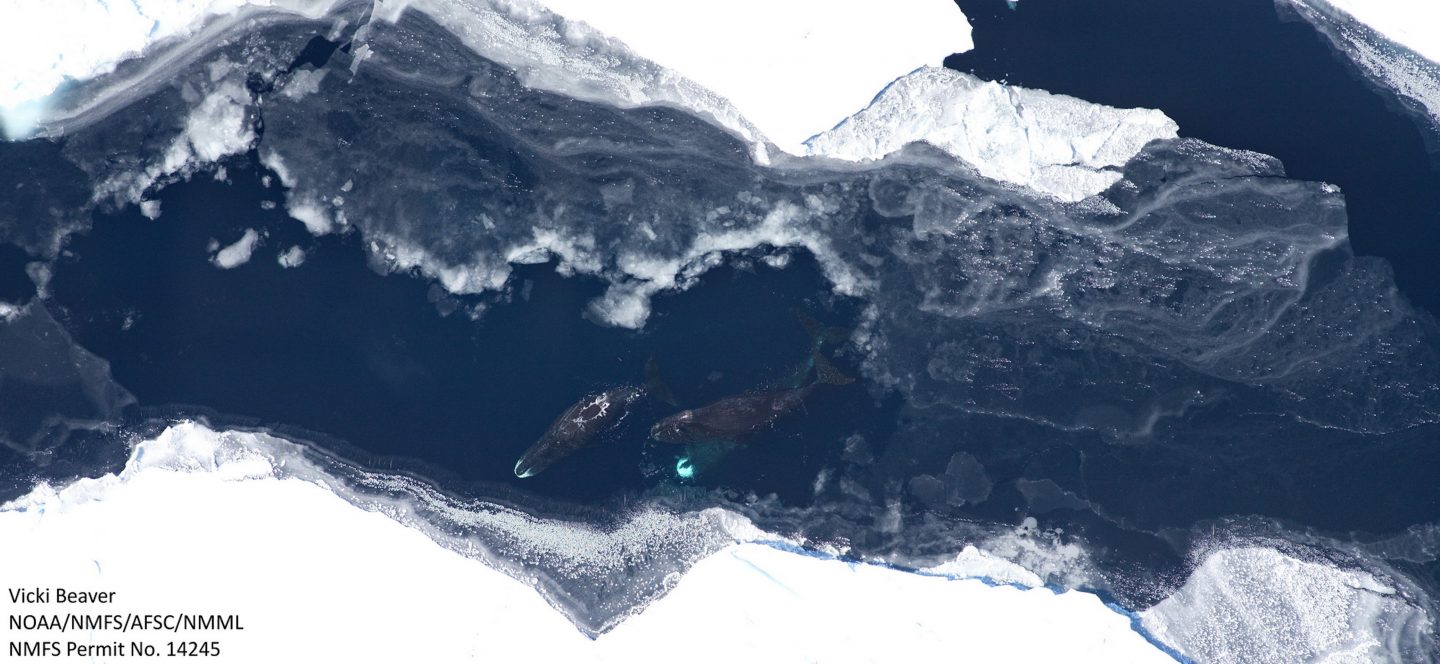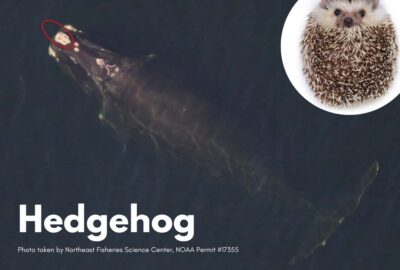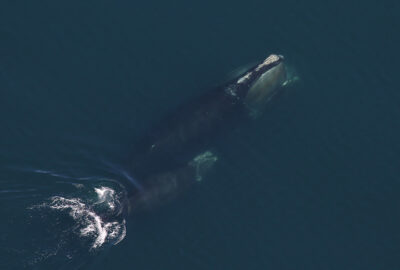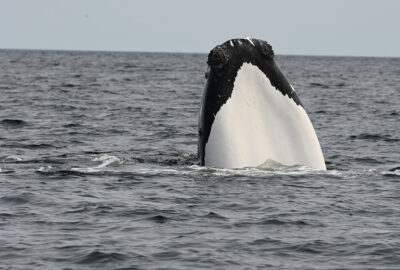Please Note: Our Box Office is currently closed for renovation. We recommend purchasing tickets online in advance to expedite your entry into the Aquarium. Tickets can also be purchased at the Information Desk in our main lobby today.
Predicting the ‘When and Where’ of Whale Migration
A new study, led by scientists at the Anderson Cabot Center for Ocean Life, improves our ability to predict how whales travel through their vast and varied ocean habitat
By New England Aquarium on Monday, November 02, 2020

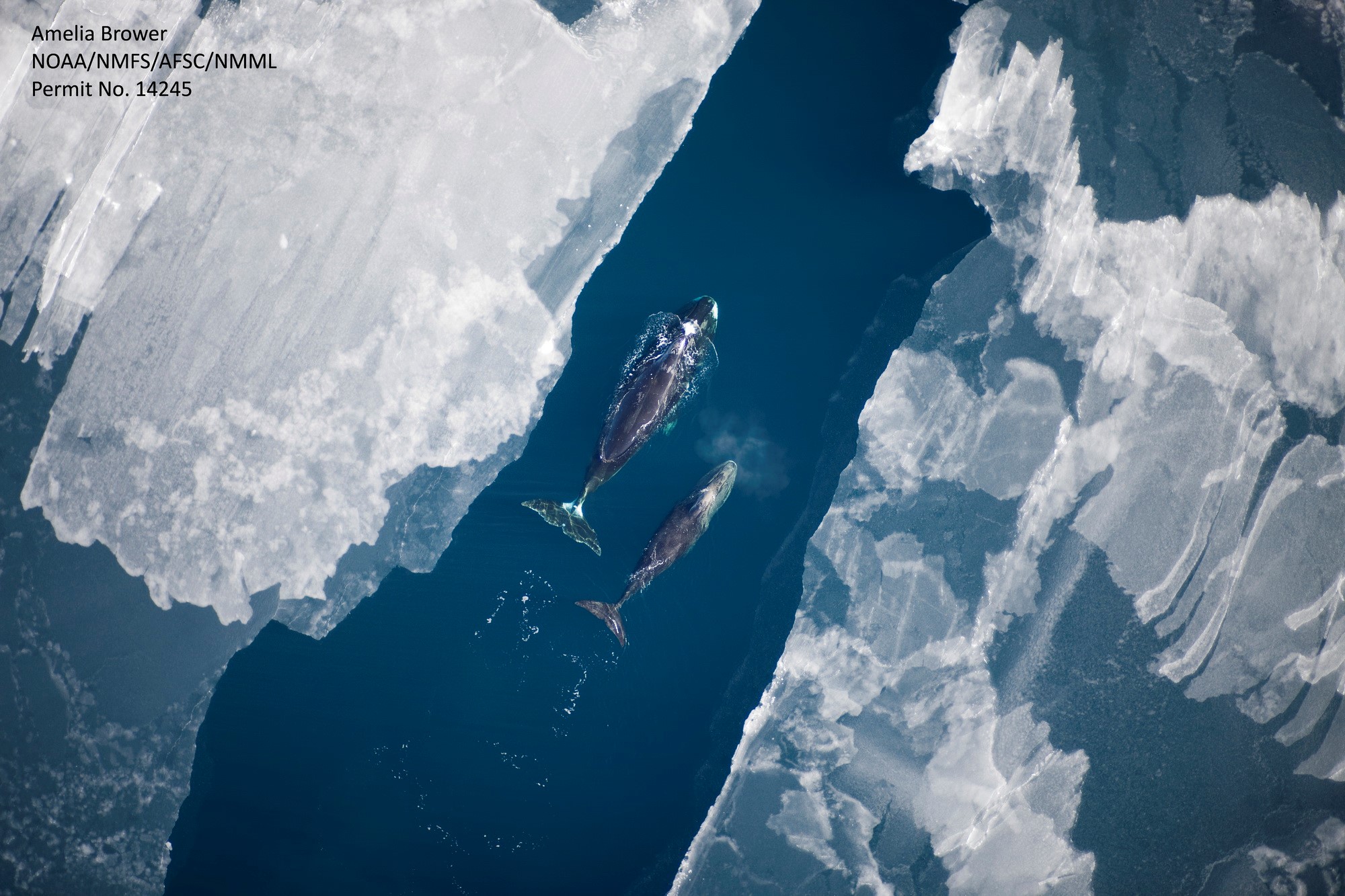
By Daniel Ackerman
Cover article of Diversity and Distributions
Whales are big, but the ocean is bigger. So the marine mammals can be tough to find from aerial or ship-based surveys alone. That’s where species distribution models can help. By crunching data—like ocean depth, temperature and the locations of prior whale sightings—these models produce maps of probable whale habitat, helping conservationists learn where protections are needed most. And while species distribution models aren’t perfect, scientists at the Anderson Cabot Center for Ocean Life (ACCOL) are working to improve them.
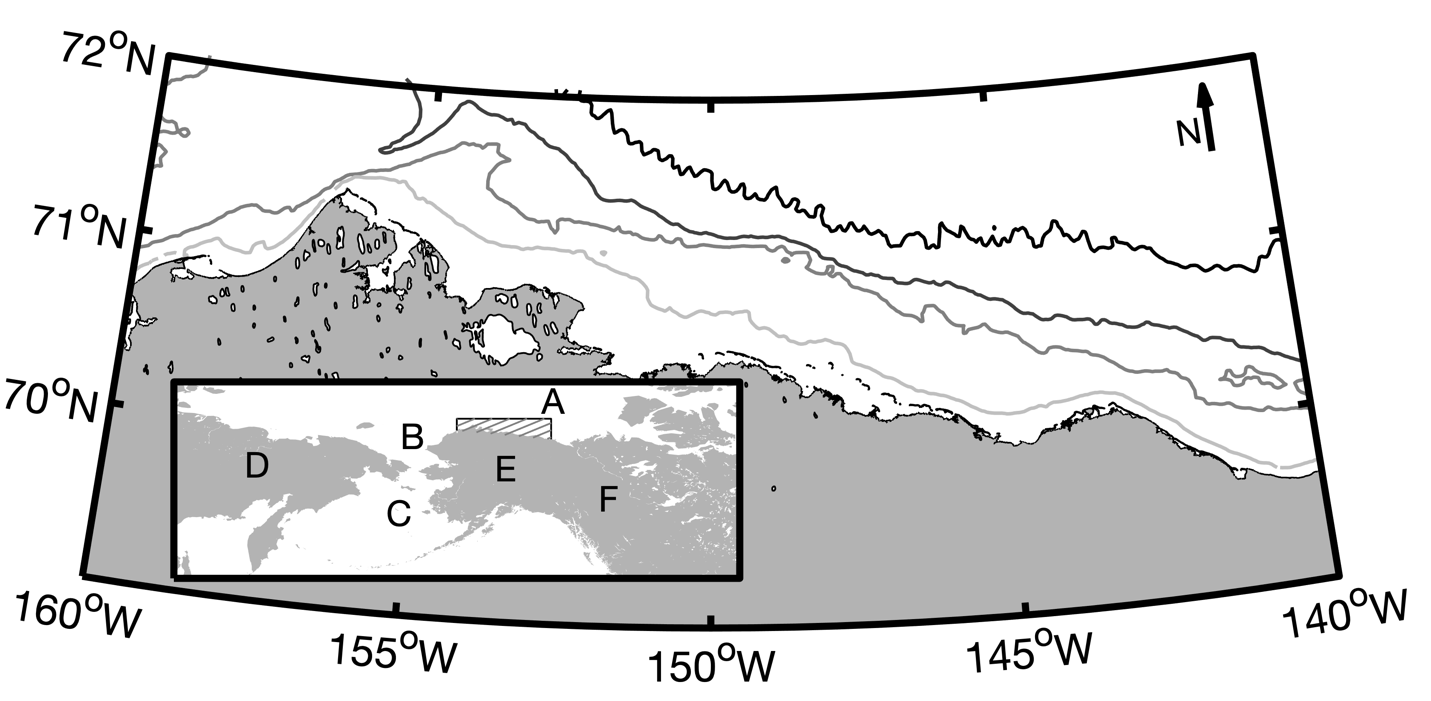
Dr. Dan Pendleton and Dr. Jessica Redfern used a new, highly-detailed dataset to model suitable habitat for western Arctic bowhead whales in the Beaufort Sea north of Alaska. The model’s map of suitable habitat generally matched the location of documented whale sightings, boosting the researchers’ confidence that the model can provide useful conservation information. Pendleton and Redfern partnered with Dr. Elizabeth Holmes of the National Marine Fisheries Service and Dr. Jinlun Zhang of the University of Washington for the study, which was published in the journal Diversity and Distributions.
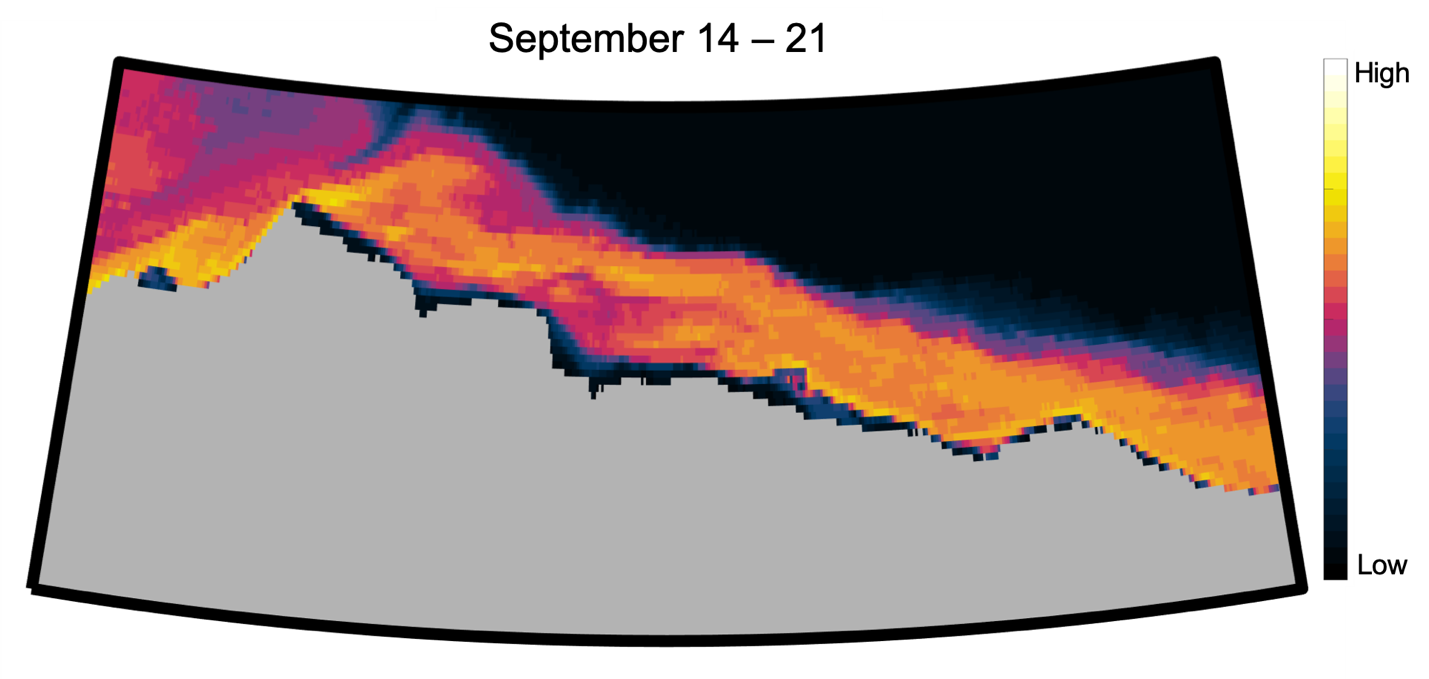
Key to the model’s success were calculations that estimate fluctuations in the whales’ prey—tiny creatures called zooplankton. “Food is one of the primary drivers” of whale movement, says Pendleton.
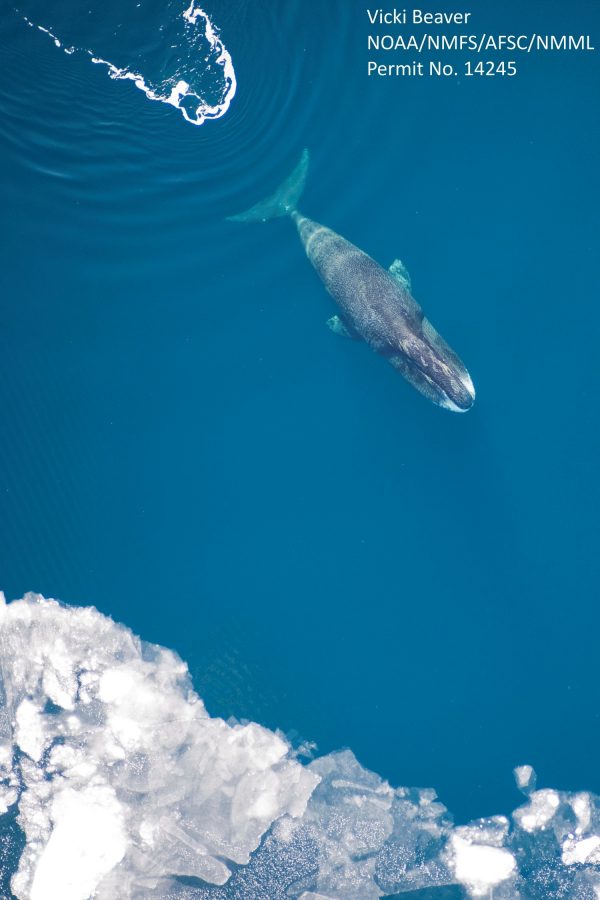
However, most previous species distribution models didn’t include any estimates of prey availability, instead relying on “proxies” related to ocean depth and water chemistry. By adding zooplankton to their new model, Pendleton and collaborators improve our ability to predict how western Arctic bowhead whales travel through their vast and varied ocean habitat. Pendleton says that capability is growing more vital as climate change roils the global ocean.
Warming waters and melting sea ice are changing when and where prey are most abundant. So accounting for these shifts “can help us understand where endangered species are likely to go in the future,” says Pendleton. “That in turn can help us plan where we put shipping routes and where we allow fishing.” While this research focused on the movements of western Arctic bowhead whales, the study’s lessons can be applied closer to home.
Pendleton hopes to use a similar model to track the movements of North Atlantic right whales, an endangered species that migrates along the east coast of the U.S. and Canada. Right whales are threatened by climate change, collisions with ships, and entanglement with fishing lines. Their population has dwindled to fewer than 400 individuals. And they’re on the move. “Warm water that’s been coming into the Gulf of Maine has affected the supply of their primary prey,” says Pendleton, adding that the shift has pushed some right whales to migrate further north into Canadian waters to feed in late summer. “They’re just not in the places that they’ve been for the last 40 years.”
/
ACCOL scientists have been researching North Atlantic right whales for decades—and they apply lessons learned to their more recent work on western Arctic bowheads, according to Dr. Elizabeth Burgess, a conservation scientist at the Anderson Cabot Center for Ocean Life. As the Arctic warms, shipping traffic through the Bering Strait could boom, posing entanglement threats to bowheads similar to those faced by right whales. “Vessel interactions and fishing gear interactions—you could predict that those will be on the rise for bowheads into the future,” says Burgess. She’s analyzed feces and baleen plates of both species, testing for hormones that indicate stress levels or pregnancy. “We need to keep monitoring these animals,” says Burgess. “That’s going to be critically important in a future where our oceans are rapidly changing.” Amid these shifting seas, ACCOL scientists will continue to provide the cutting-edge science to help conserve whales from the western Arctic to the North Atlantic.
Along with Burgess’ physiology work, Pendleton’s new prey-centric species distribution model can help us understand recent whale movements and predict future ones. “That’s sort of the dream of using these types of models,” says Pendleton, “to guide where we look for whales.” Because knowing where to look is the first step in knowing how to conserve.

